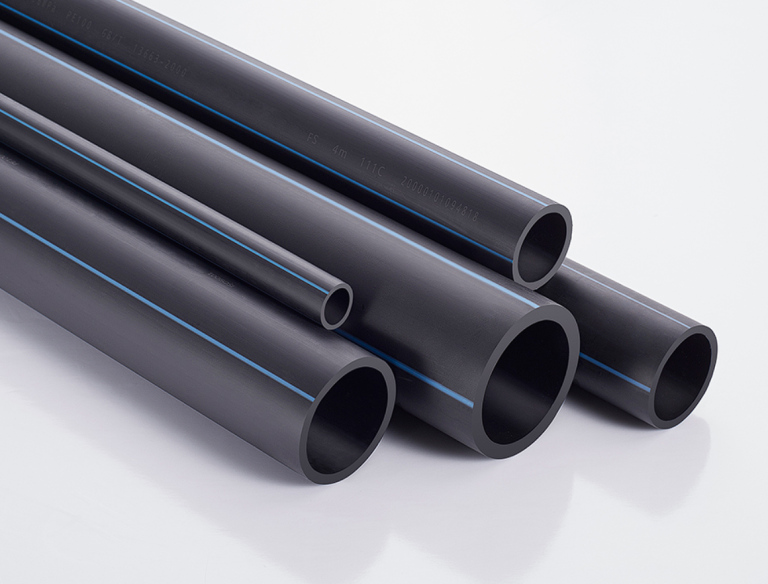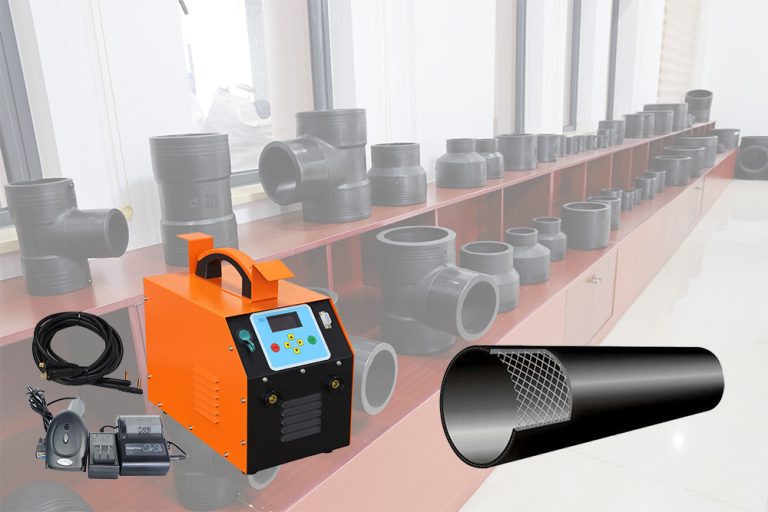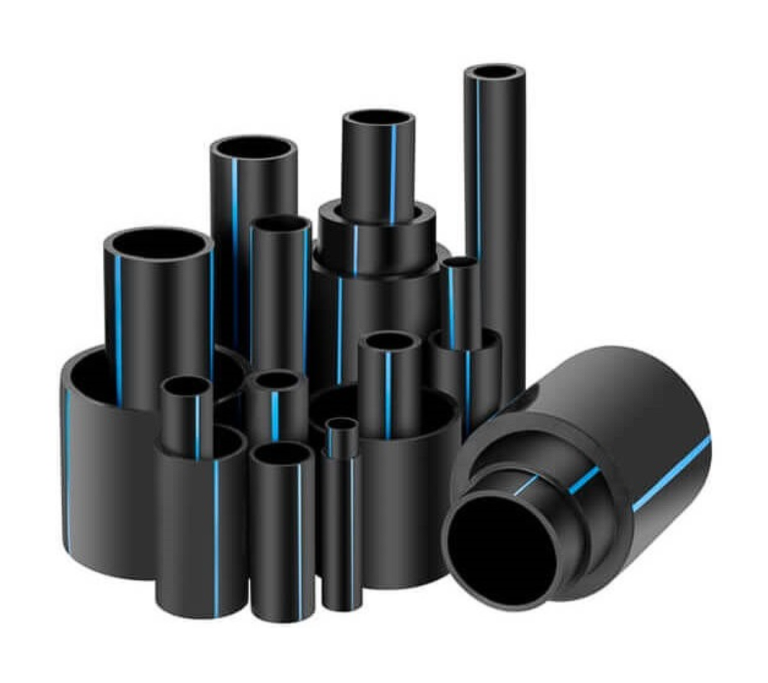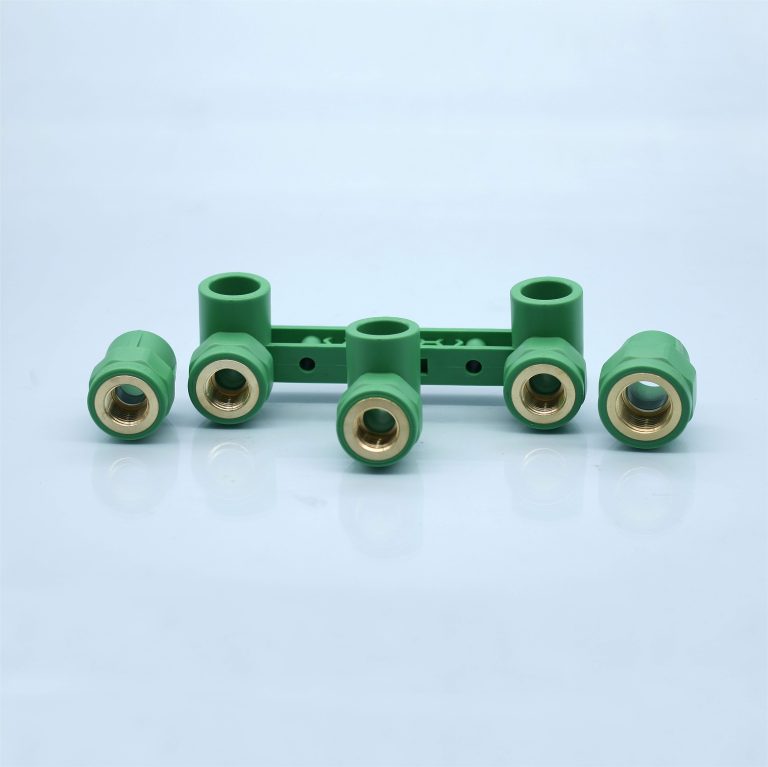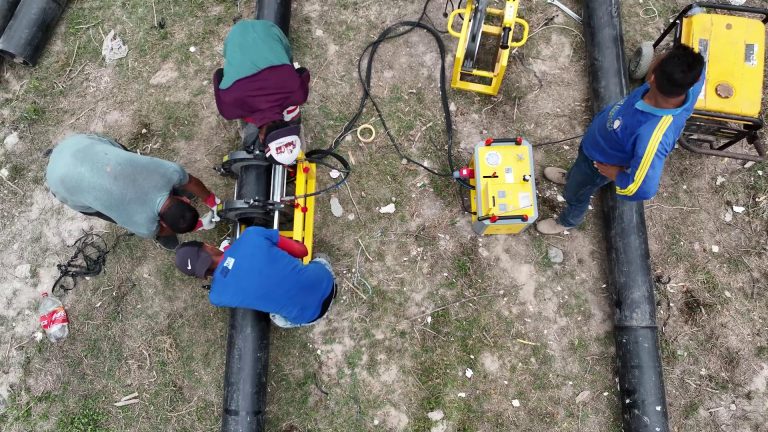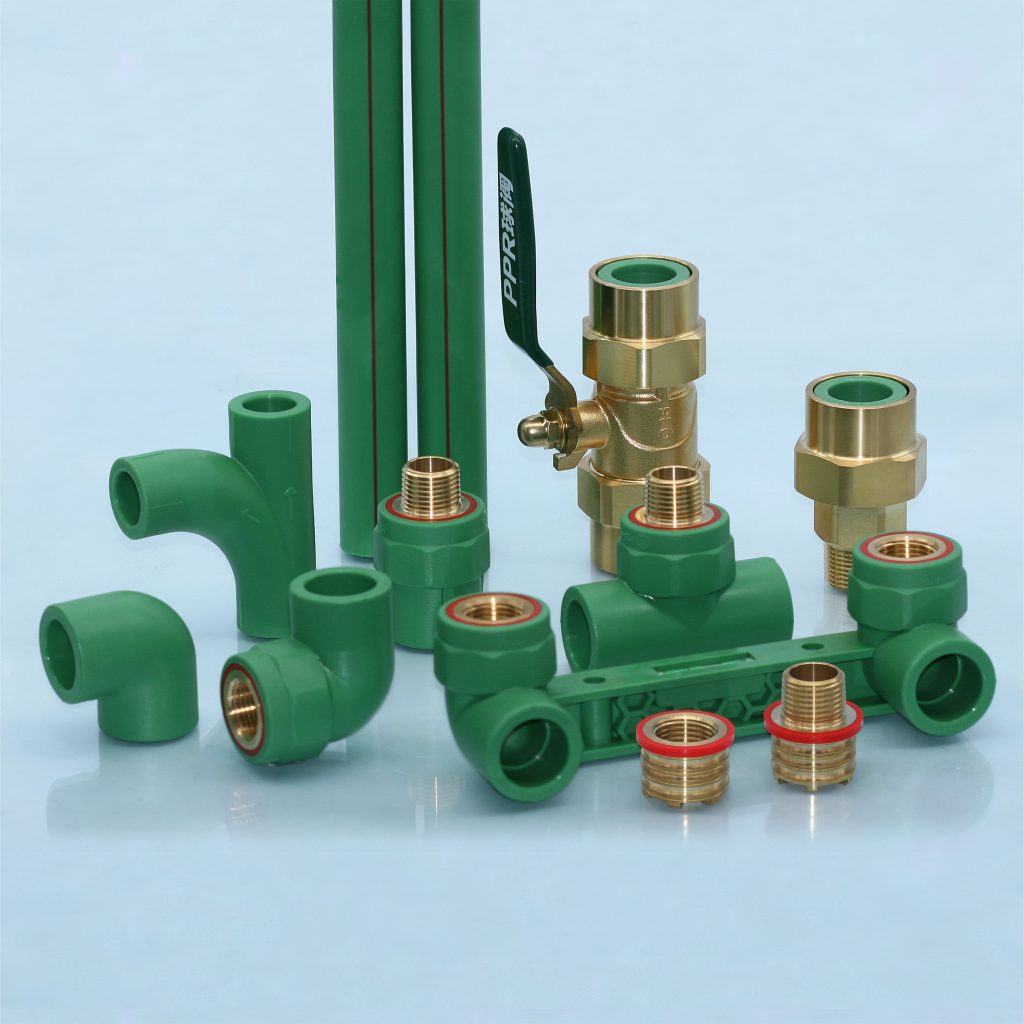
Pipelines can be primarily categorized into three main groups.
The first category comprises various pipes with different diameters, the second category includes gas pipelines, and the third category consists of wire protection pipes of various sizes.
Among these three types of pipelines, water pipes are relatively more crucial, as they directly impact the residents’ future living experience.
Usage of pipeline water pipes:
Classification:
Pipelines are classified based on their intended use into cold water pipes and hot water pipes. The differentiation between these two types is straightforward, primarily based on the color of the lines on the pipes. Generally, red lines indicate hot water pipes, while blue lines represent cold water pipes. However, in some cases, pipelines may be categorized using different colors. When making a purchase, it is advisable to consult with the dealer to ensure the correct selection.
Proportion of Cold and Hot Water Pipes’ Usage:
In household water supply systems, the usage of cold and hot water pipes varies depending on the requirements and the specific environment. In areas such as the kitchen and bathroom, both cold and hot water pipes need to be installed concurrently. Conversely, cold water pipes are used in areas like the balcony. With increasing living standards, many households now use hot water pipes regardless of the environment. In traditional home renovations, the usage ratio of cold water pipes to hot water pipes is approximately 7:3. In modern renovations, the usage ratio of hot water pipes approaches 9:1.
Advantages of Hot Water Pipes:
Hot water pipes, compared to cold water pipes, exhibit superior pressure resistance, deformation resistance, and stability. These physical properties of hot water pipelines are relatively better. There is an industry-specific value known as SDR (Standard Dimension Ratio), with the SDR value for hot water pipes being around 6, while cold water pipes typically have an SDR value of 11. A lower SDR value signifies a thicker pipe wall. Nevertheless, cold water pipes may be manufactured using lower-cost materials.
Hot water pipes can, to a certain extent, replace cold water pipes. When installed with the same diameter and model, hot water pipes can be used for cold water without encountering issues. Conversely, when cold water pipes are installed in the position of hot water pipes, problems such as deformation, leaks, and bursting may occur. Although hot water pipes are more expensive than cold water pipes, in cases with low usage and a sufficient budget, they can be used as a substitute for cold water pipes.

